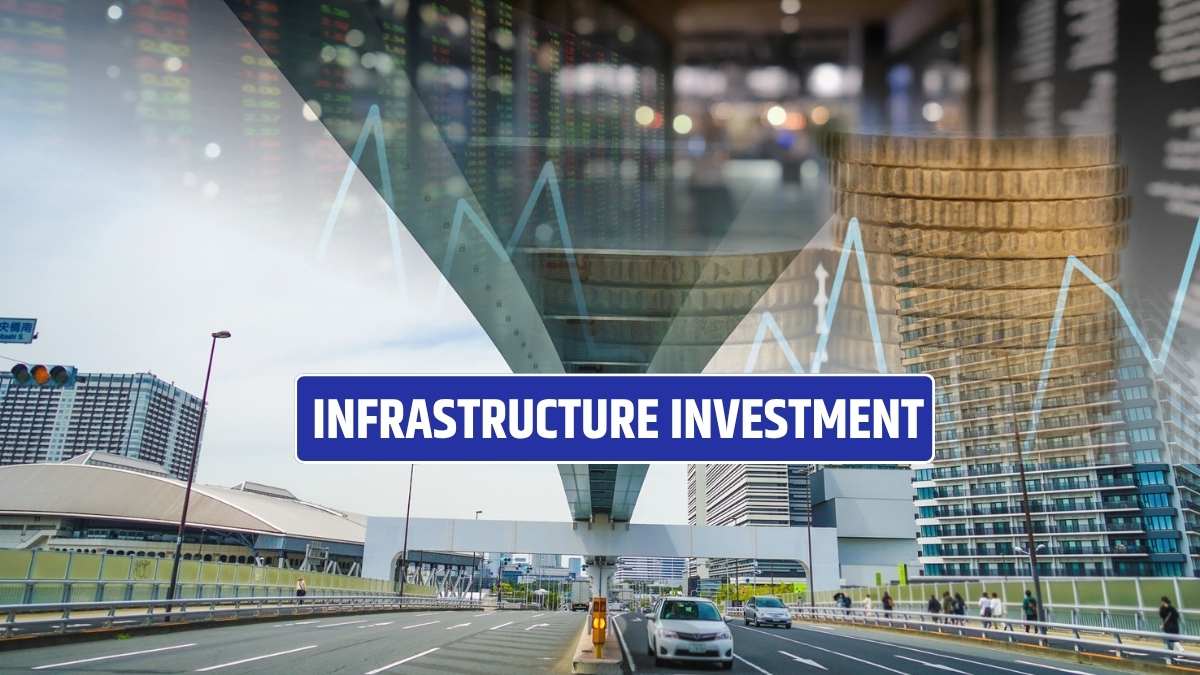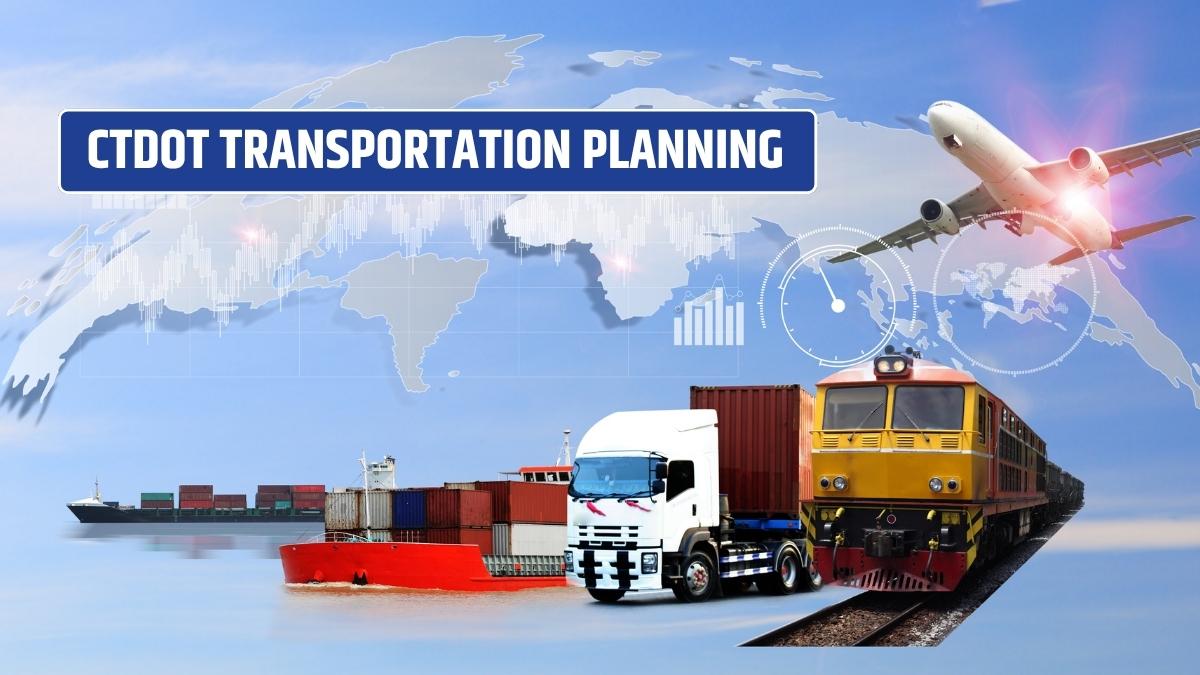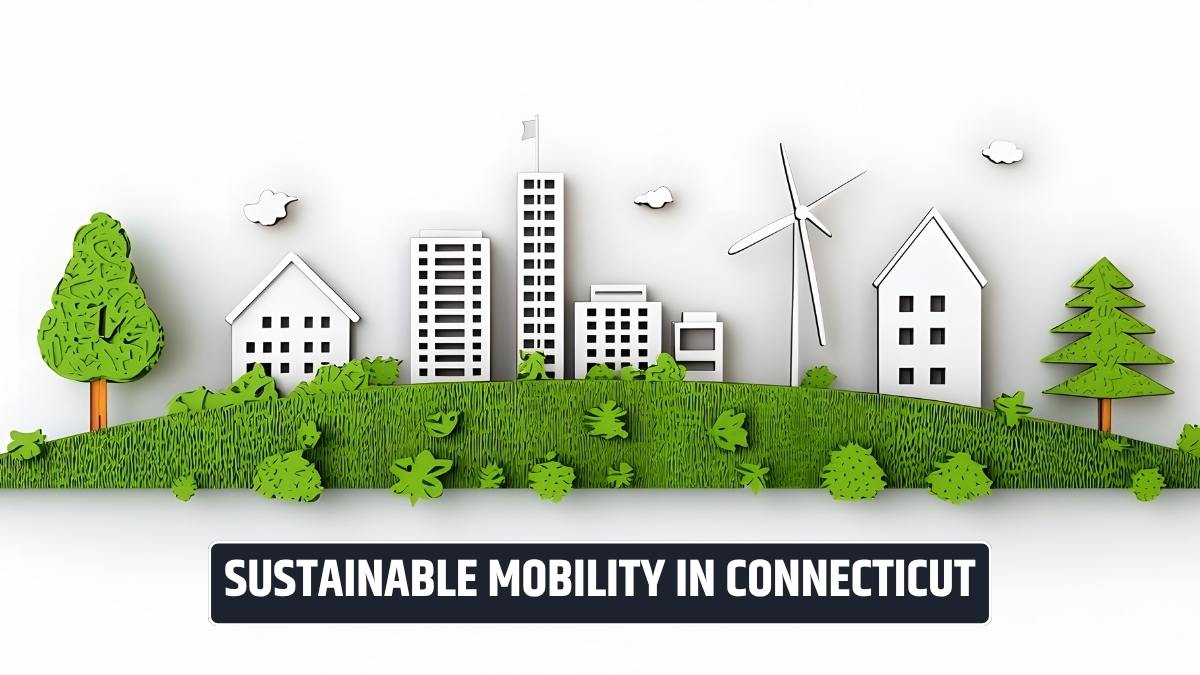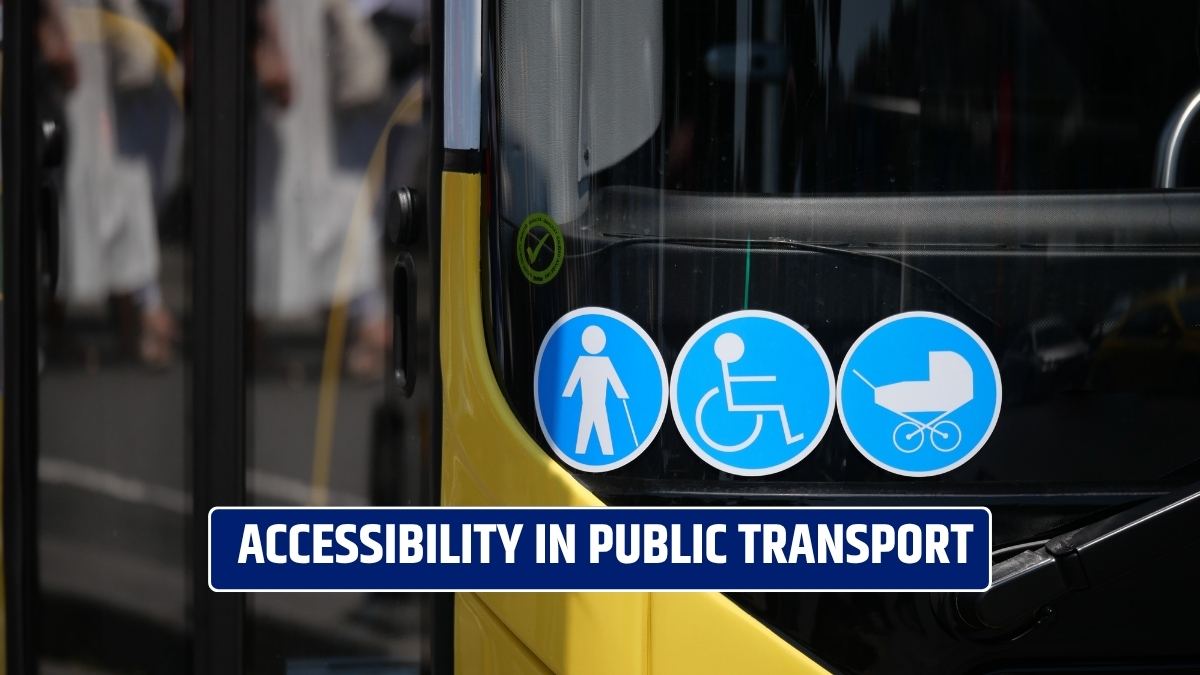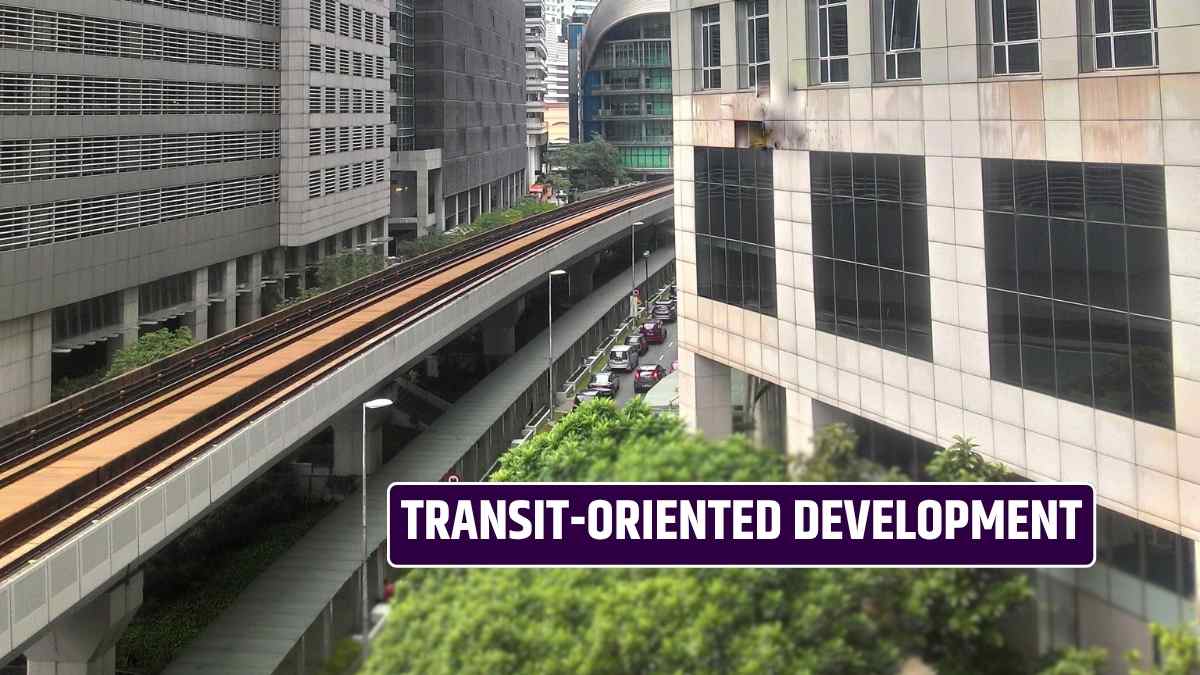The Connecticut infrastructure is getting back on track with multiple projects going on and investment from both the federal and state governments. Let’s see the infrastructure investments for the state and future requirements.
Infrastructure Investment
Connecticut is a coastal state located in the Northeast region of the US, so, being a coastal state, the infrastructure faces climate change, energy shift, and other challenges. The state’s infrastructure is vulnerable and must be resilient to climate change.
The state has been striving to improve the infrastructure and make it climate resilient. The state is moving to clean energy, building new infrastructure from solar farms to transportation. The state is investing in infrastructure development while it also receives federal support.
The federal government supports the state under the Bipartisan Law of 2021 for FY 2022-26. The bill provides investment for the drinking water State Revolving Fund, and many more, to build the nation’s strong infrastructure.
Connecticut Federal Infrastructure Investment
The US states have received support to build strong and resilient infrastructure and also improve the existing ones. The BIL investment is historic federal funding affecting the American infrastructure. The ASCE 2025 report card has graded C to the infrastructure after a very long time.
The state of Connecticut has received its share of support from the government with the $6.4 billion investment, with 167 projects identified for funding. According to available data, here’s the investment for the specific investment in the state through federal funding:
| Infrastructure Category | Investment |
| Passenger and Freight Rail | $2,018,589,700 |
| Roads, Bridges, and Major Projects | $1,449,600,475 |
| Clean Energy and Power | $75,827,100 |
| Water | $65,858,899 |
| Ports and Waterways | $106,085,933 |
| Airports and federal aviation | $83,023,103 |
| Public | $92,875,940 |
| Others | $17,000,00 |
Apart from this, the federal agencies, like FTA and FRA, have supported the state efforts through electric vehicle support or railway tracks development, or services expansion.
Connecticut State Infrastructure Investment
The State of Connecticut has received more than $6 billion from the federal government for infrastructure development to improve the lives of the residents. The state has also invested in infrastructure and taken initiatives to do better than before.
Here you can check the Connecticut investment for the infrastructure development till now, and learn what the state has been doing:
- Biennial Budget:
- Connecticut’s Governor announced the Biennial Budget of $55.8 million in February 2025, where $17.2 billion was kept for FY 2026 and $28.6 billion for FY 2027.
- For two years, the state plans to invest $8.7 billion in capital improvement projects, which focus on –
- K-12 Education
- State and Municipal Infrastructure
- Transportation
- Housing
- Climate Resilience and Energy Infrastructure
- Economic development
- IT
- Five-Year Capital Plan:
- The CT Department of Transportation has announced its five-year Capital Plan for FY 2025-29 in January 2025.
- The plan has a total $16 billion investment for the projects involving public transit, renovation of infrastructure, and others. Here you can check the breakdown of the five-year Capital Plan:
- Bus and Rail: $2.71 billion
- Roadway and Bridge Infrastructure: $2.10 billion
- Transportation facilities renovation: $210.9 million
- New Haven Infrastructure Investment:
- The Governor has recently announced the $50.5 million investment for public infrastructure and facilities in New Haven that is focused on quantum technologies, the life science industry, cutting-edge research, innovation, and others.
- The Connecticut Innovation Clusters Program also adds up to $100 million to support the technology and other requirements for the growth of the sector.
- State Bonds and STF:
- The state’s Special transportation funds are important for the transportation sector, as it is constitutionally protected for transportation purposes. The funds come from the taxes you pay, the money generated from the public transit, and other sources.
- The STF reserves and state bonds are a great source for the transportation projects and to clear the debts.
What is Connecticut’s Infrastructure and its funding challenges?
Connecticut’s infrastructure has a lot of challenges that may affect the funding and development; let’s explore such challenges:
- Aging Infrastructure: The state has many historic infrastructures that need proper maintenance and renovation to last for many years. Thus, it may need more funding to rebuild this infrastructure or renovate it.
- Transportation: The state has a transportation infrastructure lacking modernity and technology, which the state is improving with multiple projects.
- Climate Change: It is a coastal state, thus naturally it is affected due to climate change, such as rising sea level, and others. The infrastructure needs to be climate resilient and built in a way that it can adapt to climate change.
- Funding Gap: The report says the state would need a long-term investment plan for infrastructure improvement, as the current support is not enough to deal with infrastructure issues.
- Political Dynamics: The federal shutdown has affected the 12 projects in the state, as the Trump administration has cancelled the $7.5 billion grants in 16 states related to energy. The changing political dynamics can affect the funding and create problems for the ongoing projects.
Connecticut is working on improving its infrastructure with the federal and state partnership. The residents can look forward to the transportation, clean water, and sustainable infrastructure in the coming years, if the investment continues.
